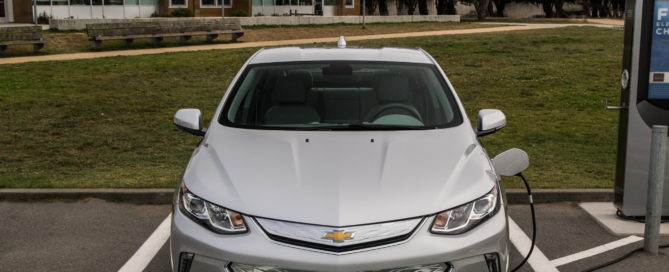2018 Kia Niro PHEV
2018 Kia Niro PHEV This subcompact crossover helps take plug-ins mainstream. By Cherise Threewitt, Contributor, Car-ED.com | August 2018 What is this vehicle? The Niro is a subcompact SUV that was added to the Kia lineup for 2017. The first Niro to roll out featured a super efficient hybrid powertrain, and this year, Kia added the PHEV plug-in hybrid model to the Niro family. There isn’t anything quite like the Niro PHEV on the market right now, but it’s fair to expect that rivals might follow suit in the near future as small crossovers continue to dominate the market and automakers invest more in electric and hybrid technology. The Niro is an affordable and practical path to better efficiency. Who is this vehicle for? Take a look at the Niro PHEV if you want a new, modern subcompact crossover with great technology features and excellent efficiency. The Niro does have some drawbacks, namely that it is not available with all-wheel drive and that it isn’t especially fun or interesting to drive. However, if those factors don’t matter to you, the Niro PHEV could be a very good choice for a subcompact SUV or crossover. Furthermore, not all potential buyers will necessarily see a benefit from the plug-in hybrid drivetrain, because the hybrid Niro is already super efficient. Why is this vehicle important to you, the buyer? Plug-in hybrid vehicles are becoming [...]

